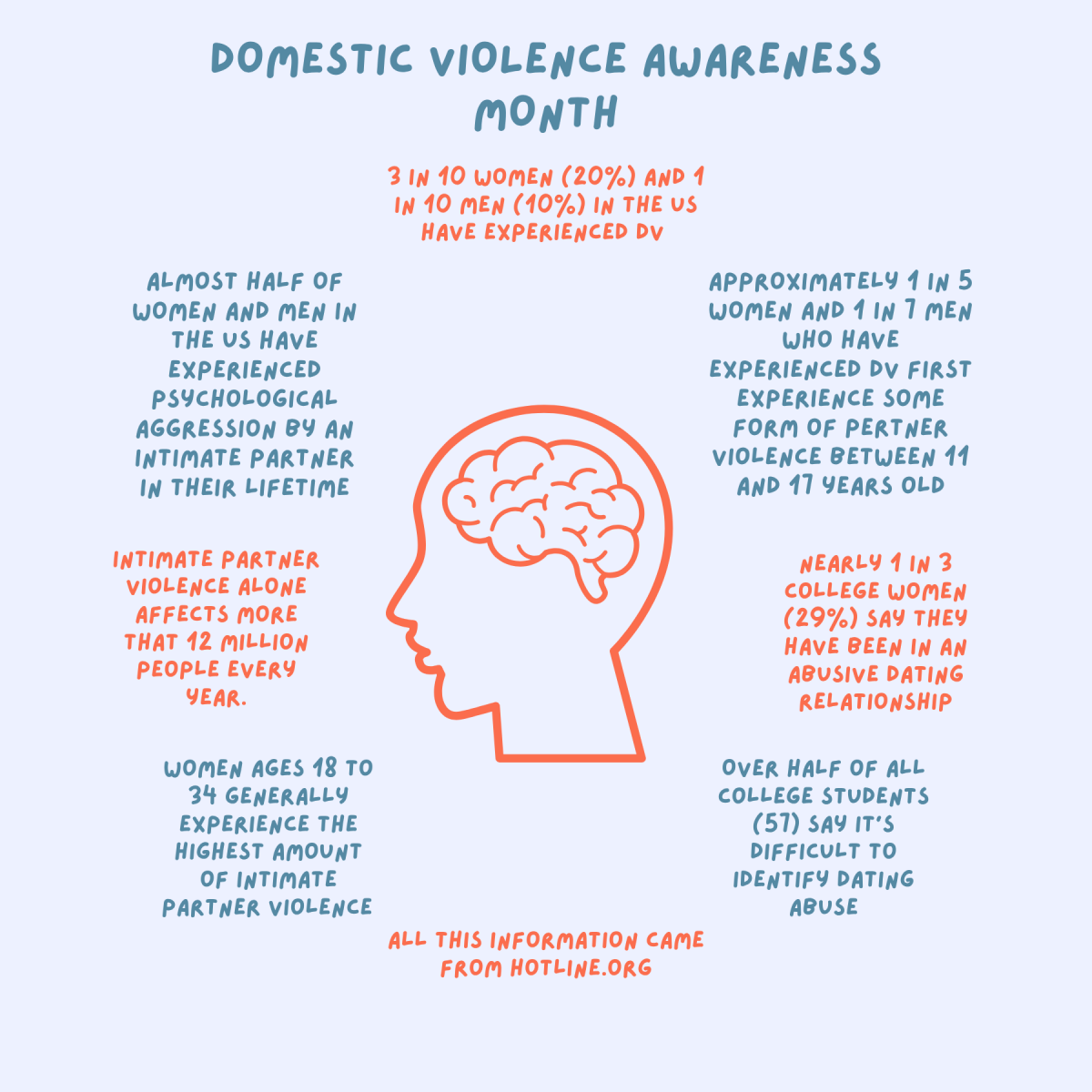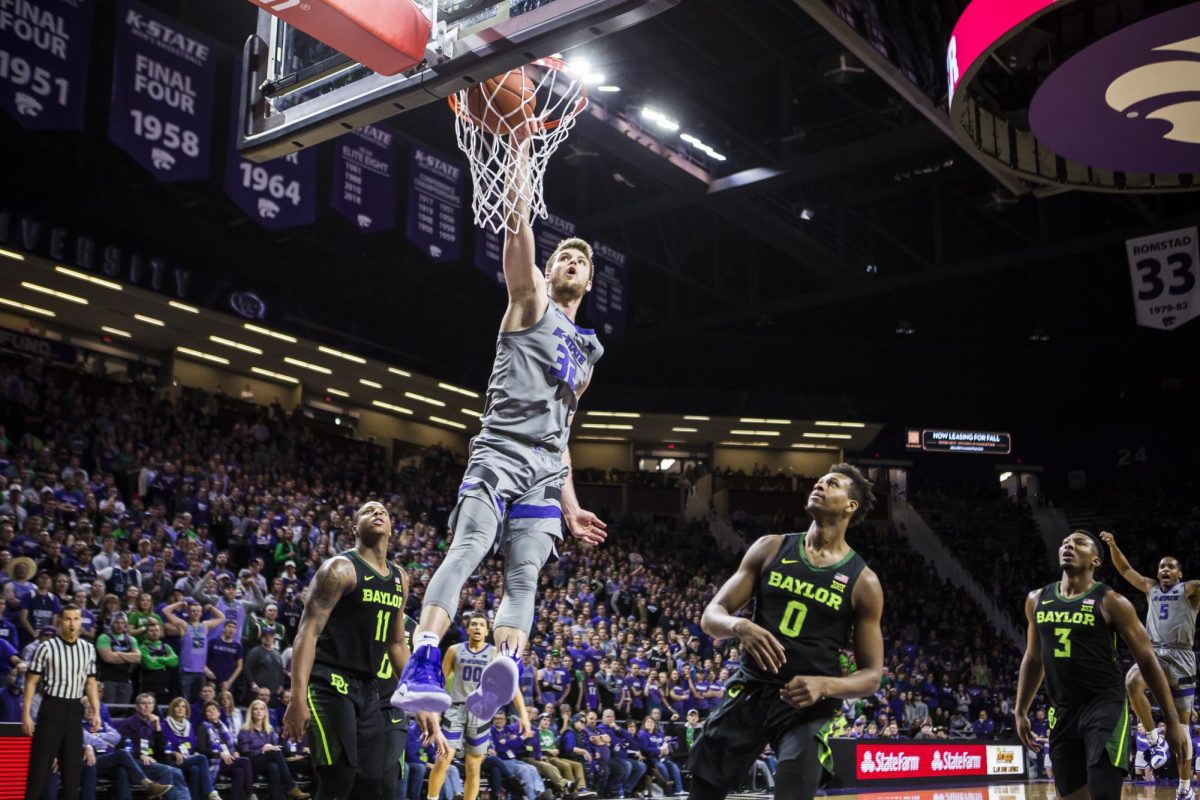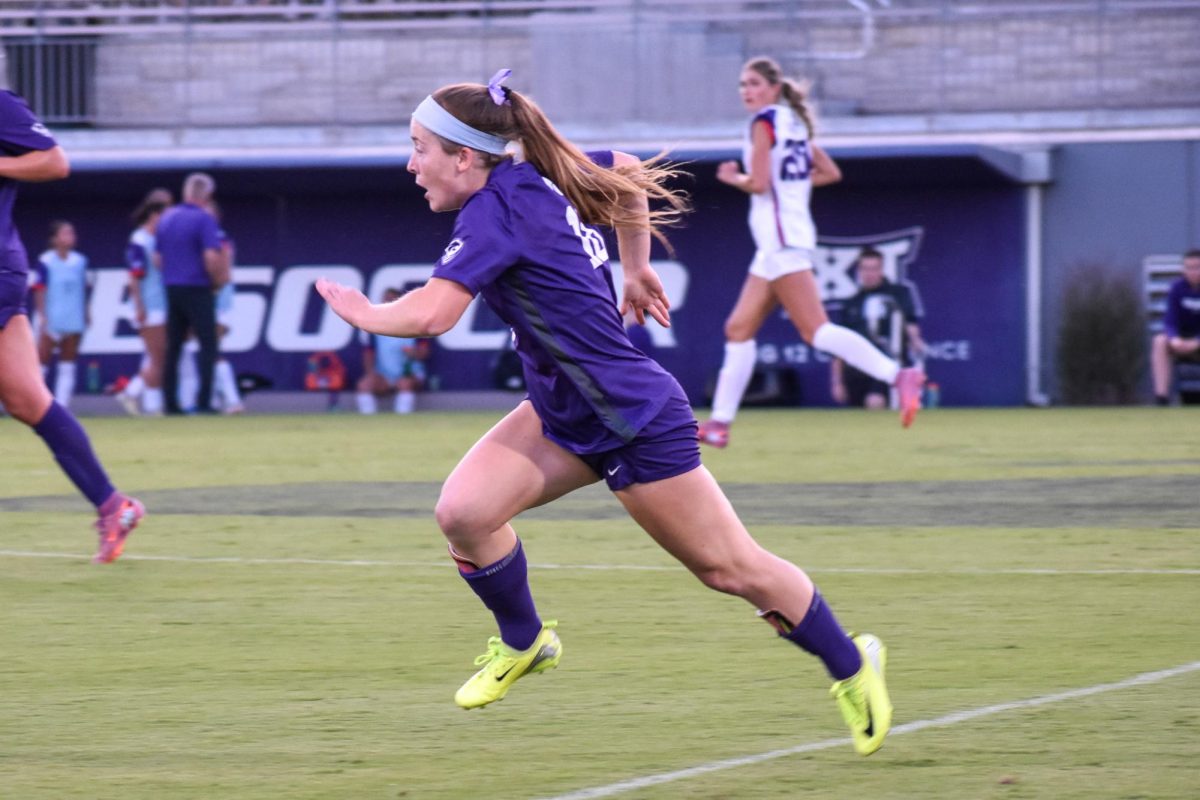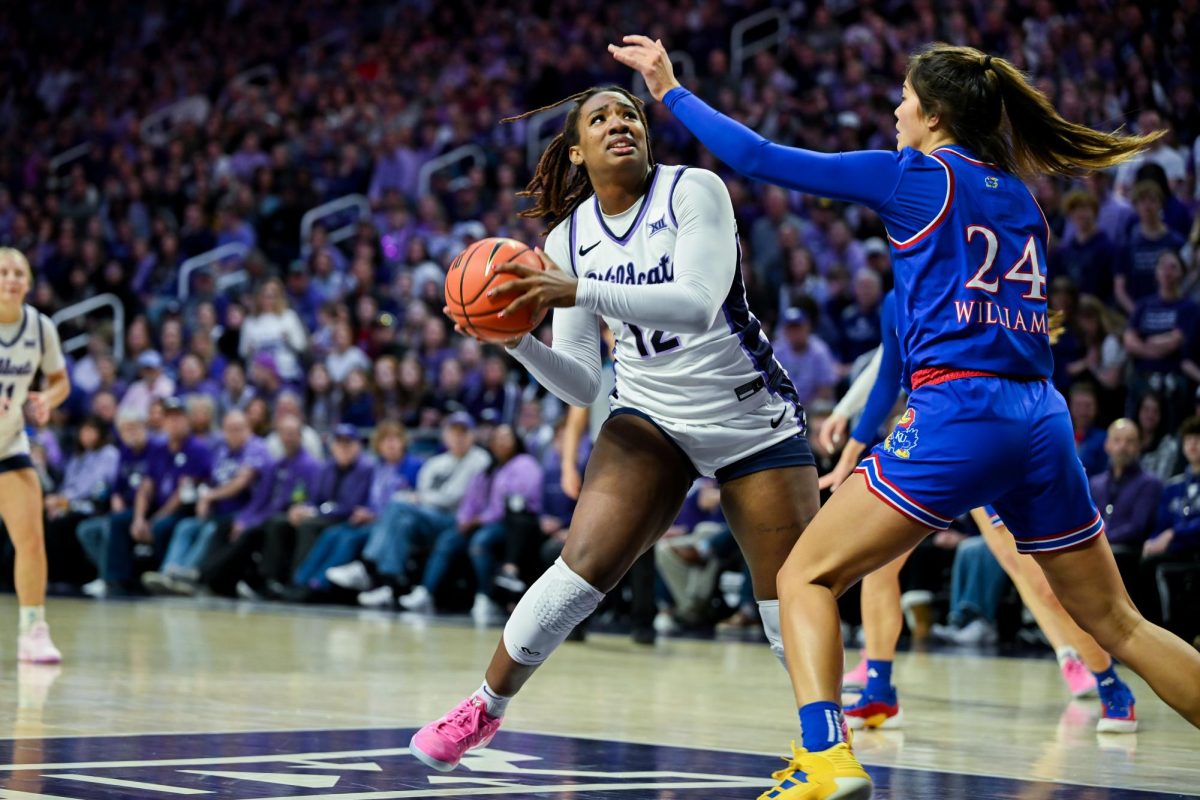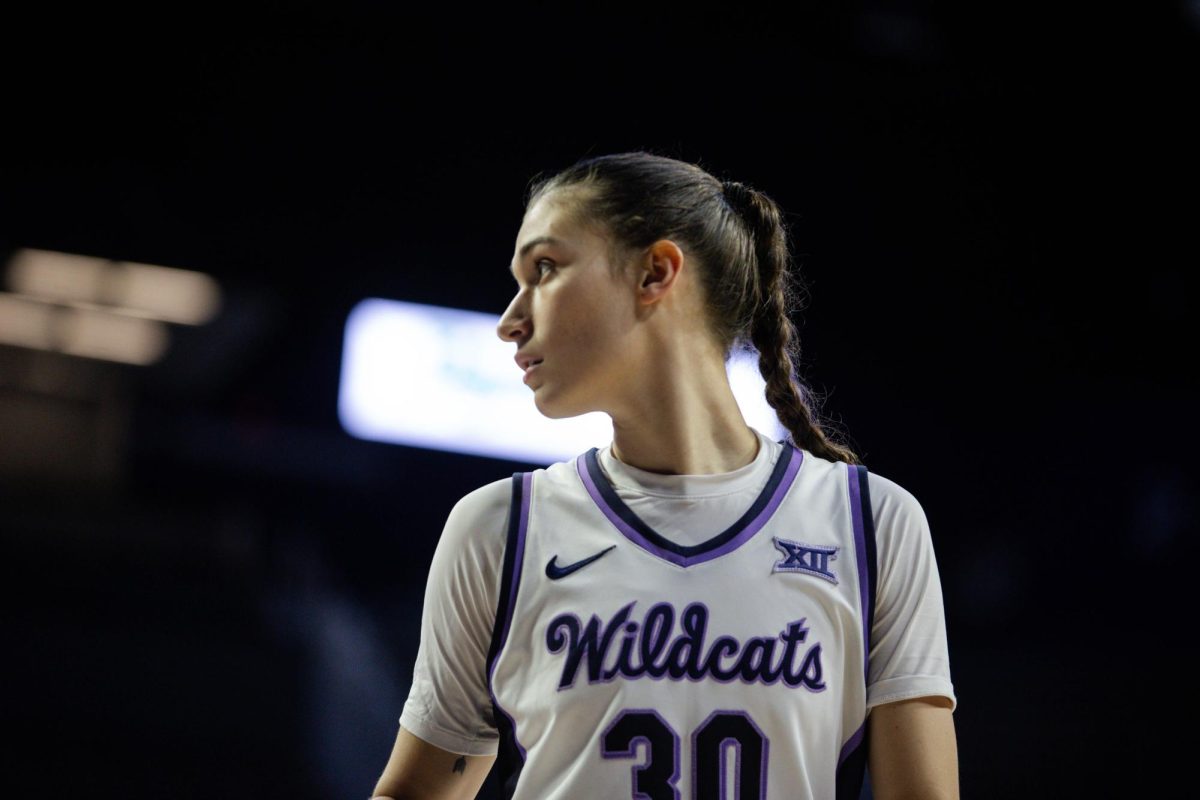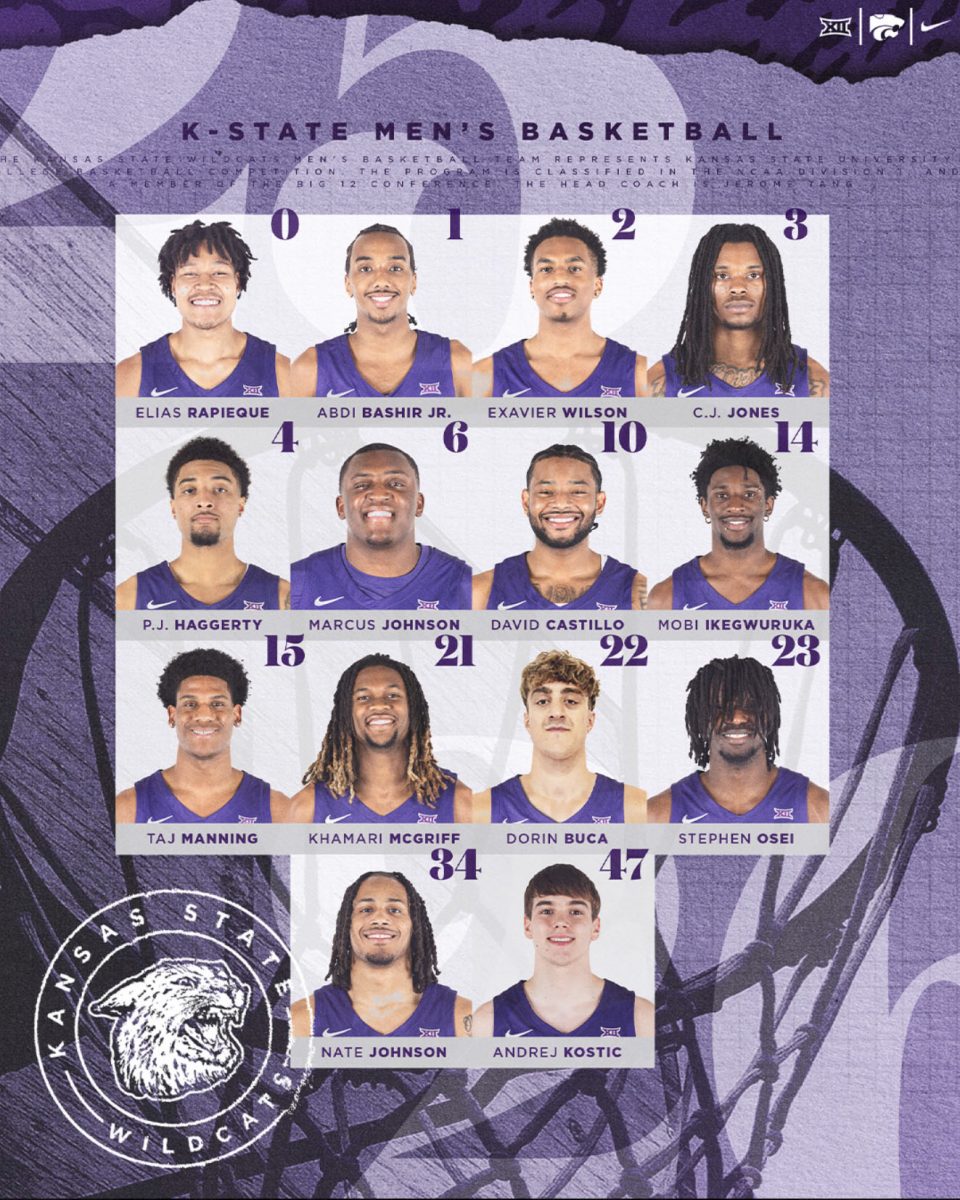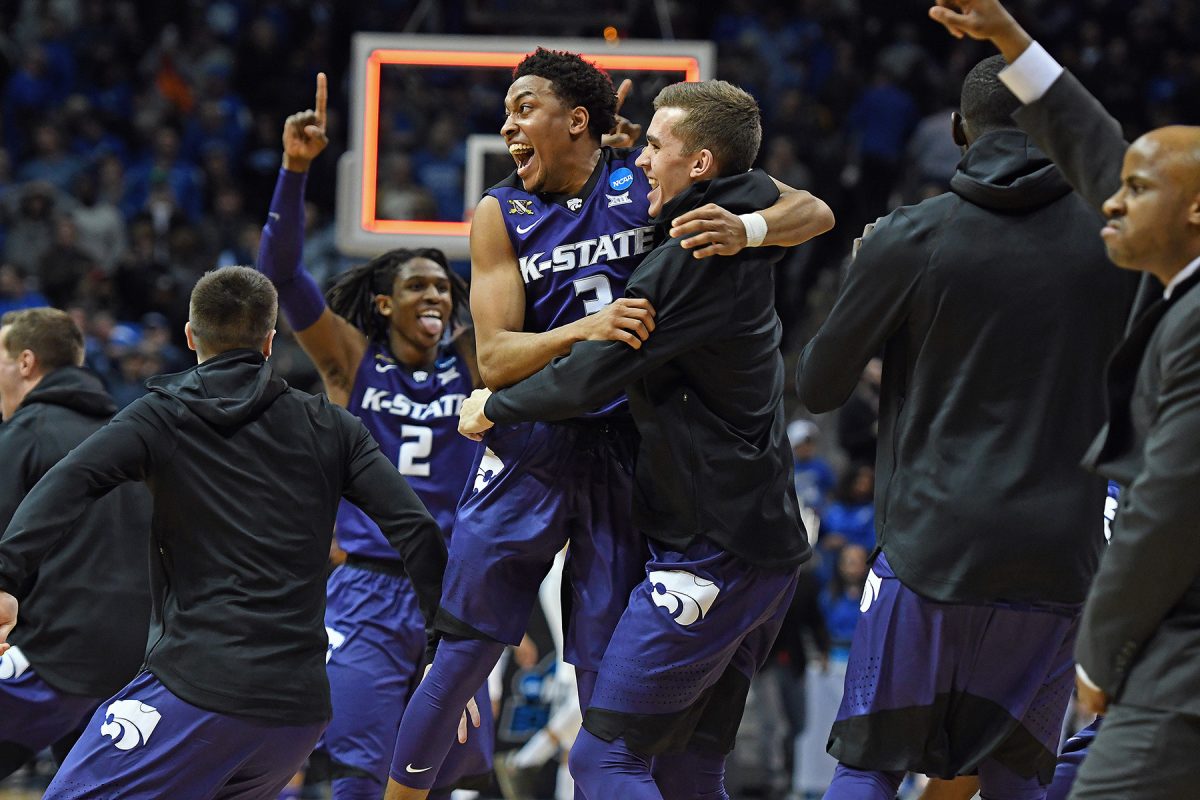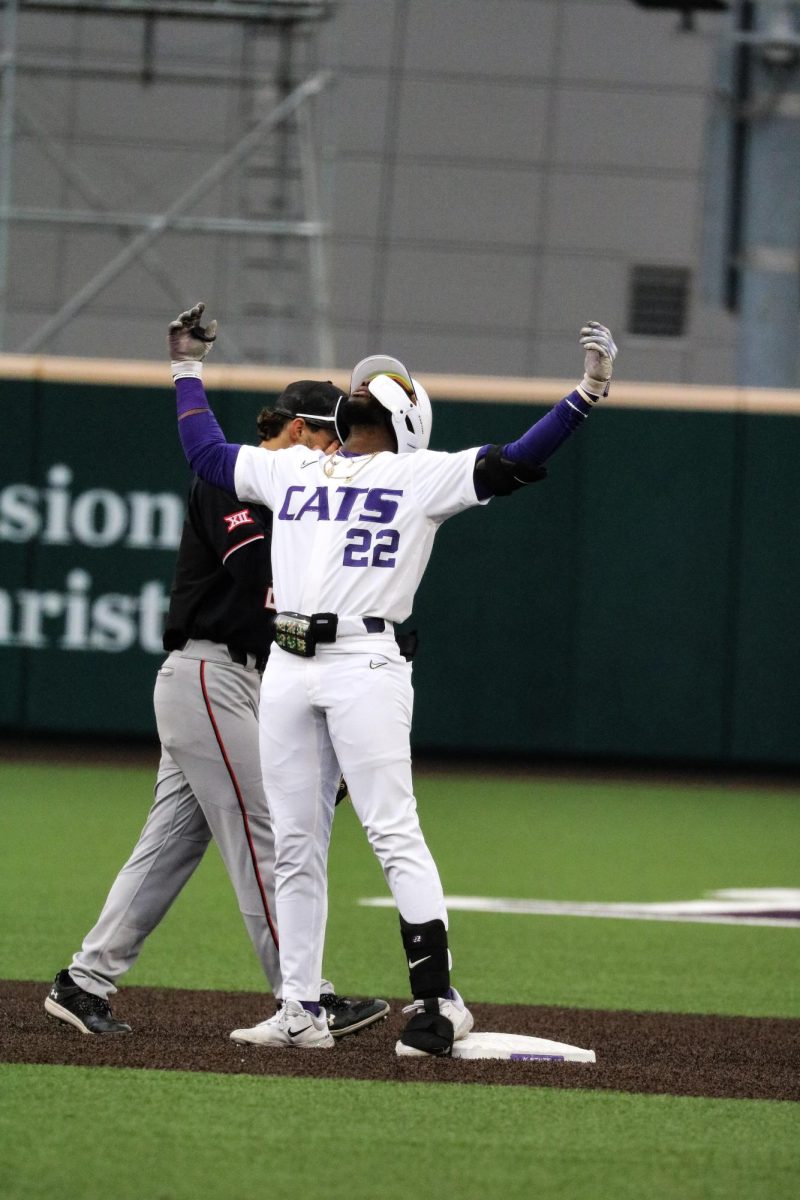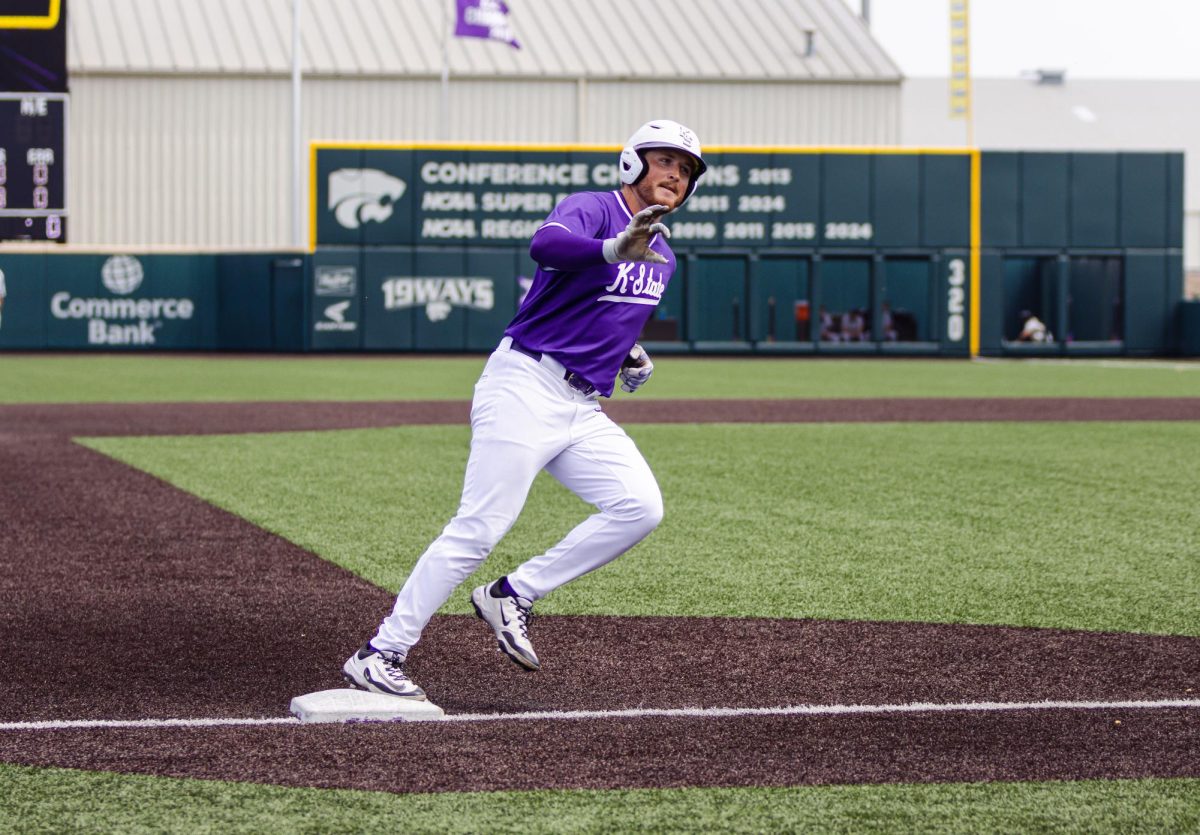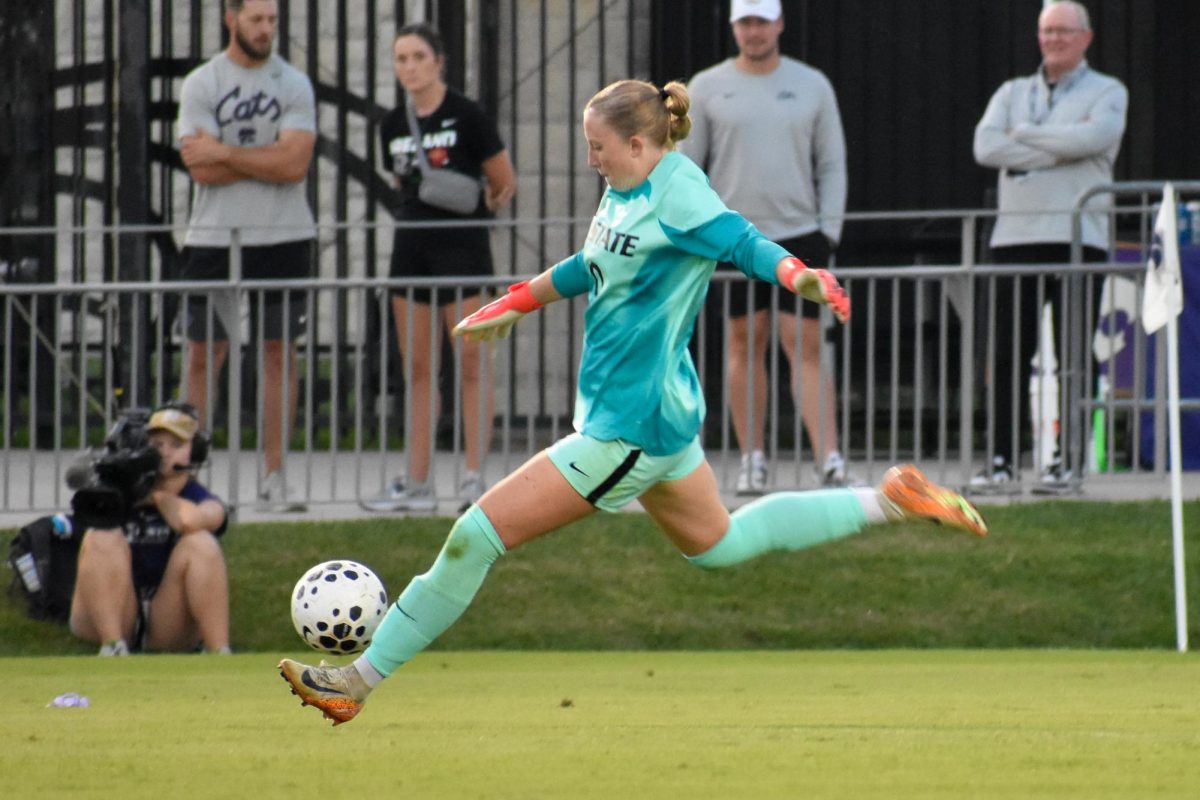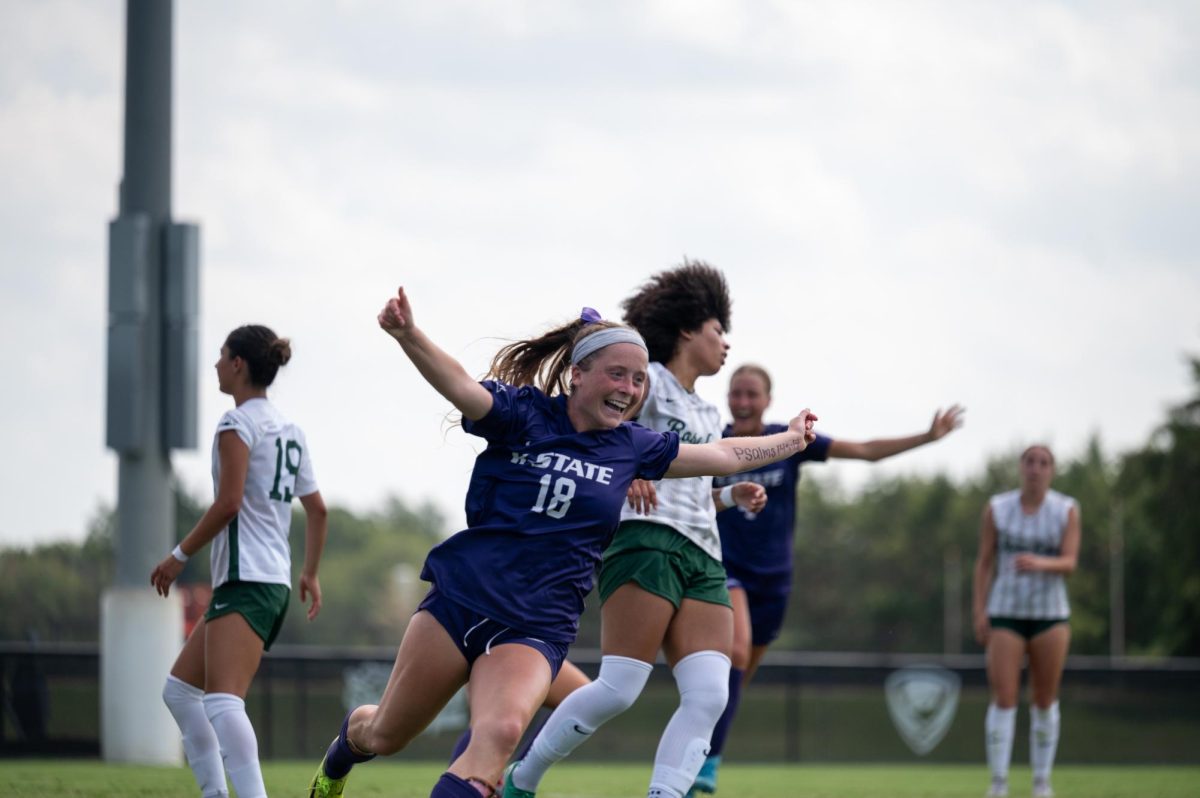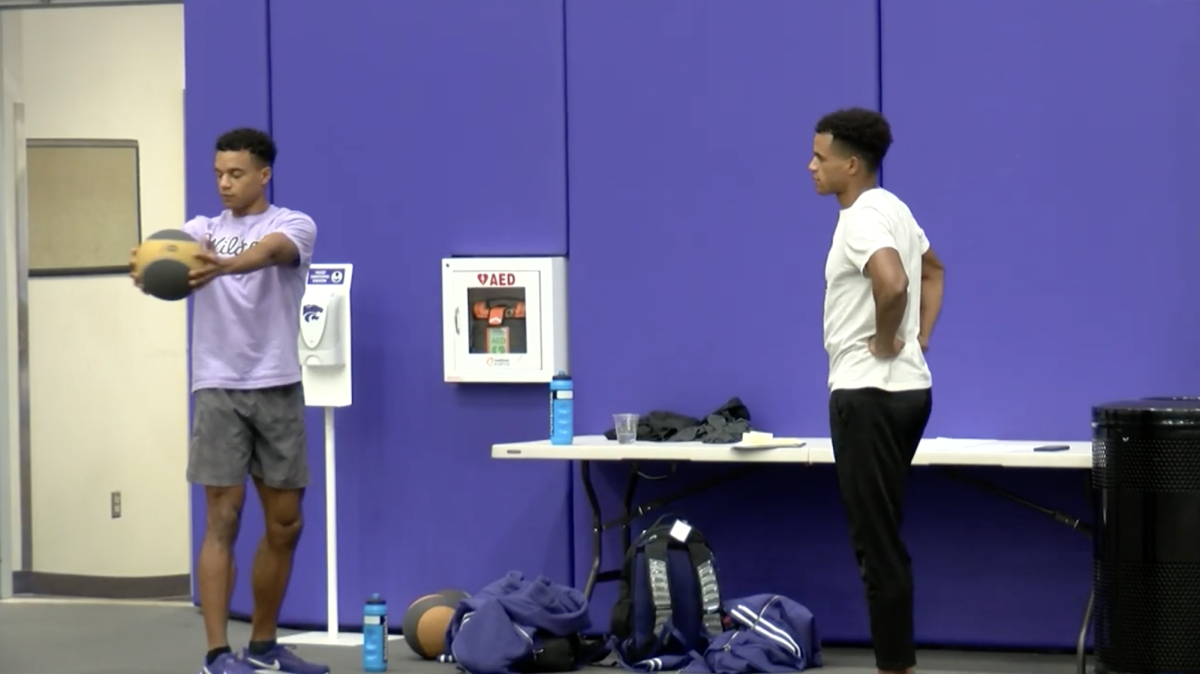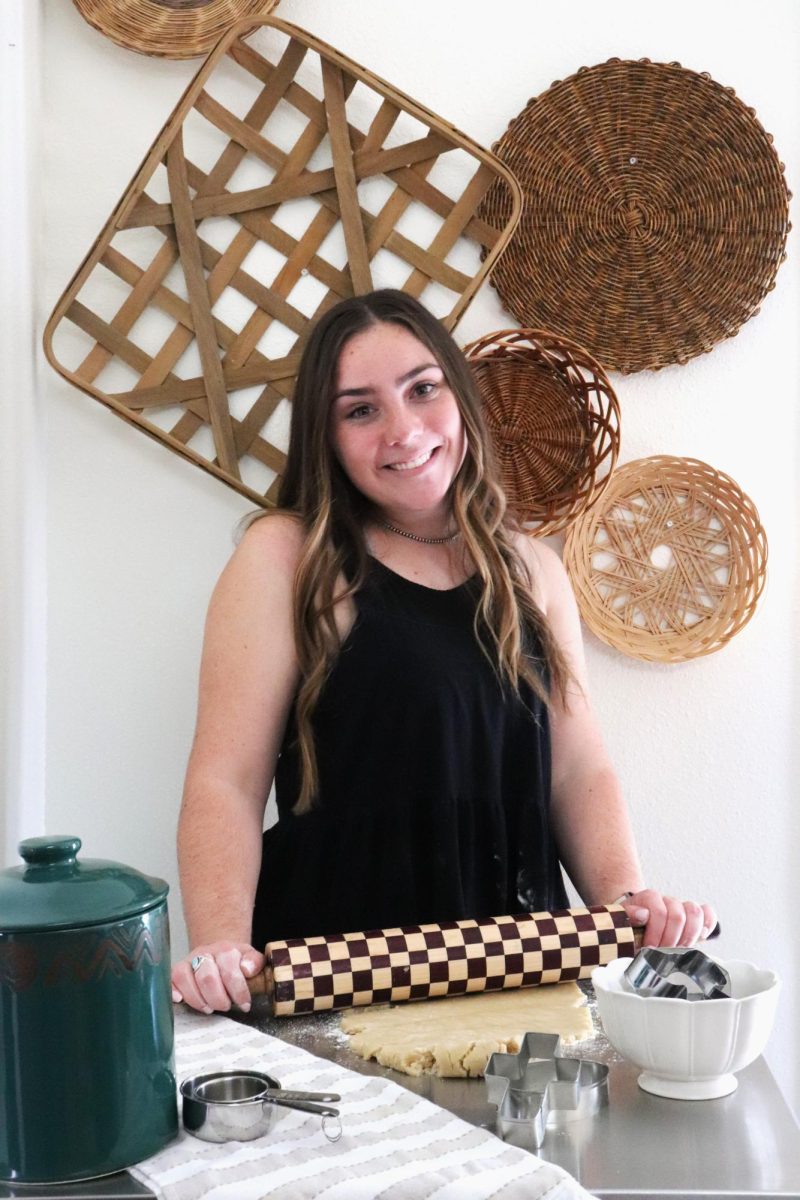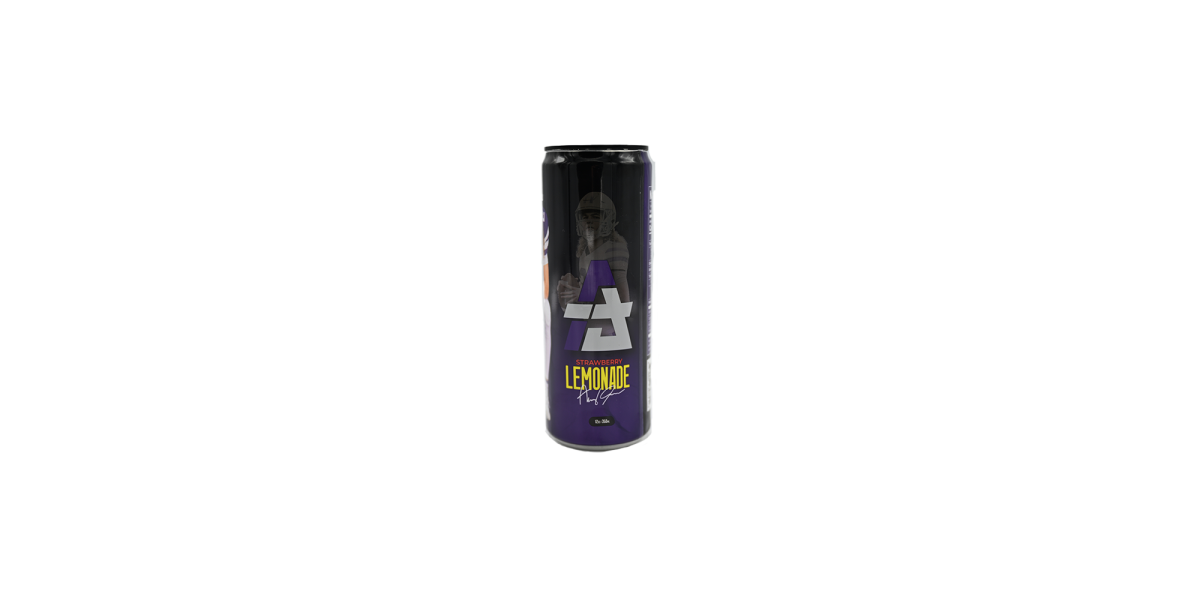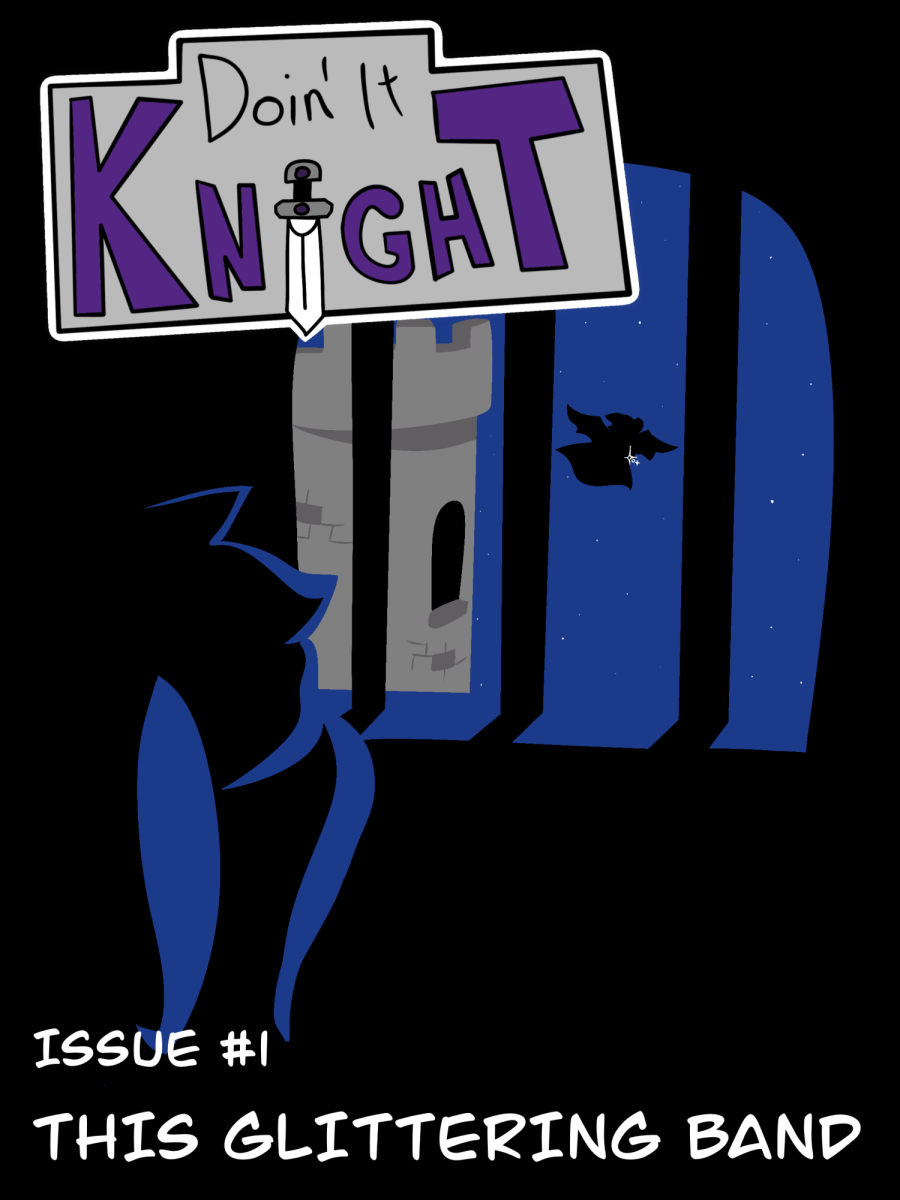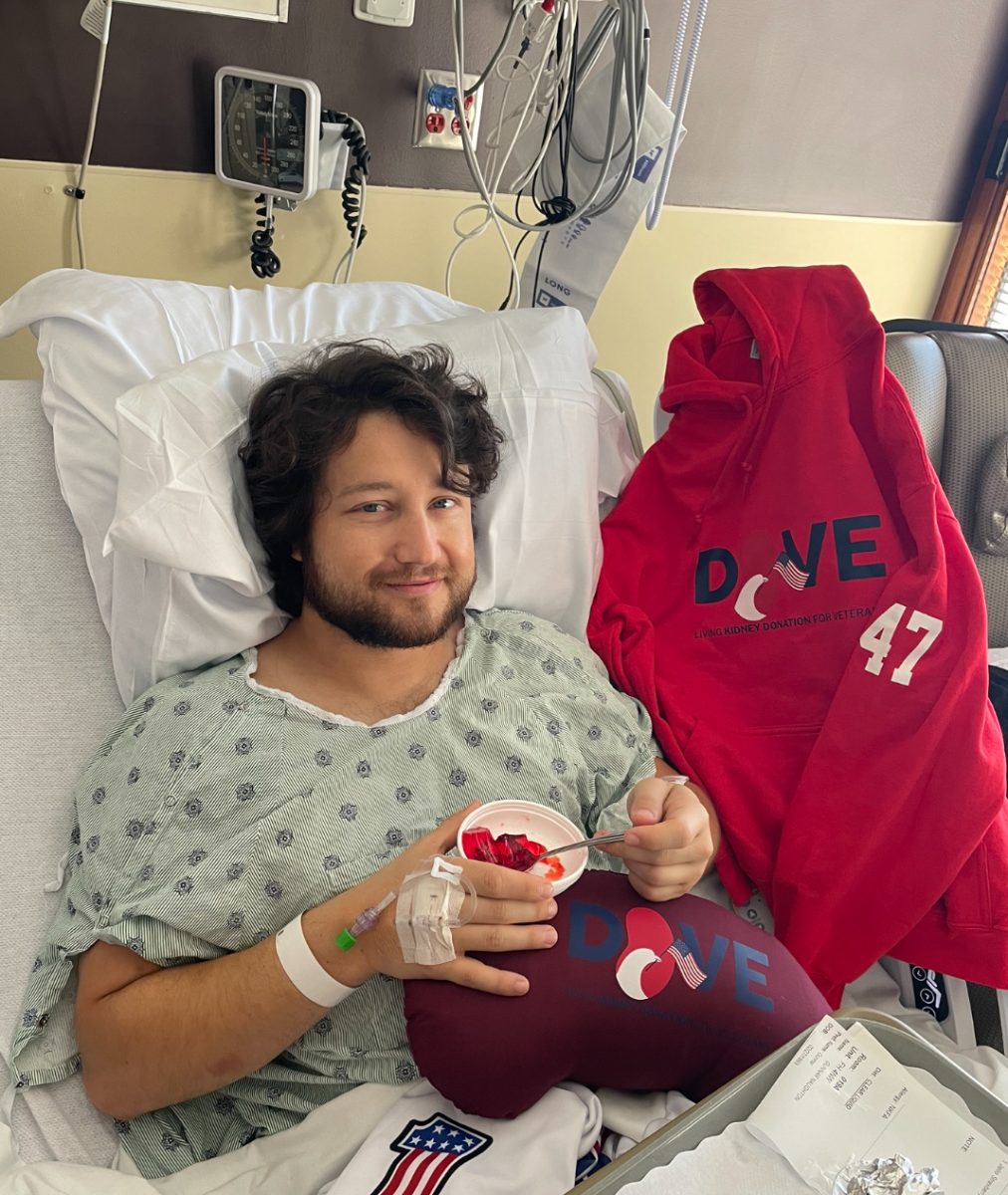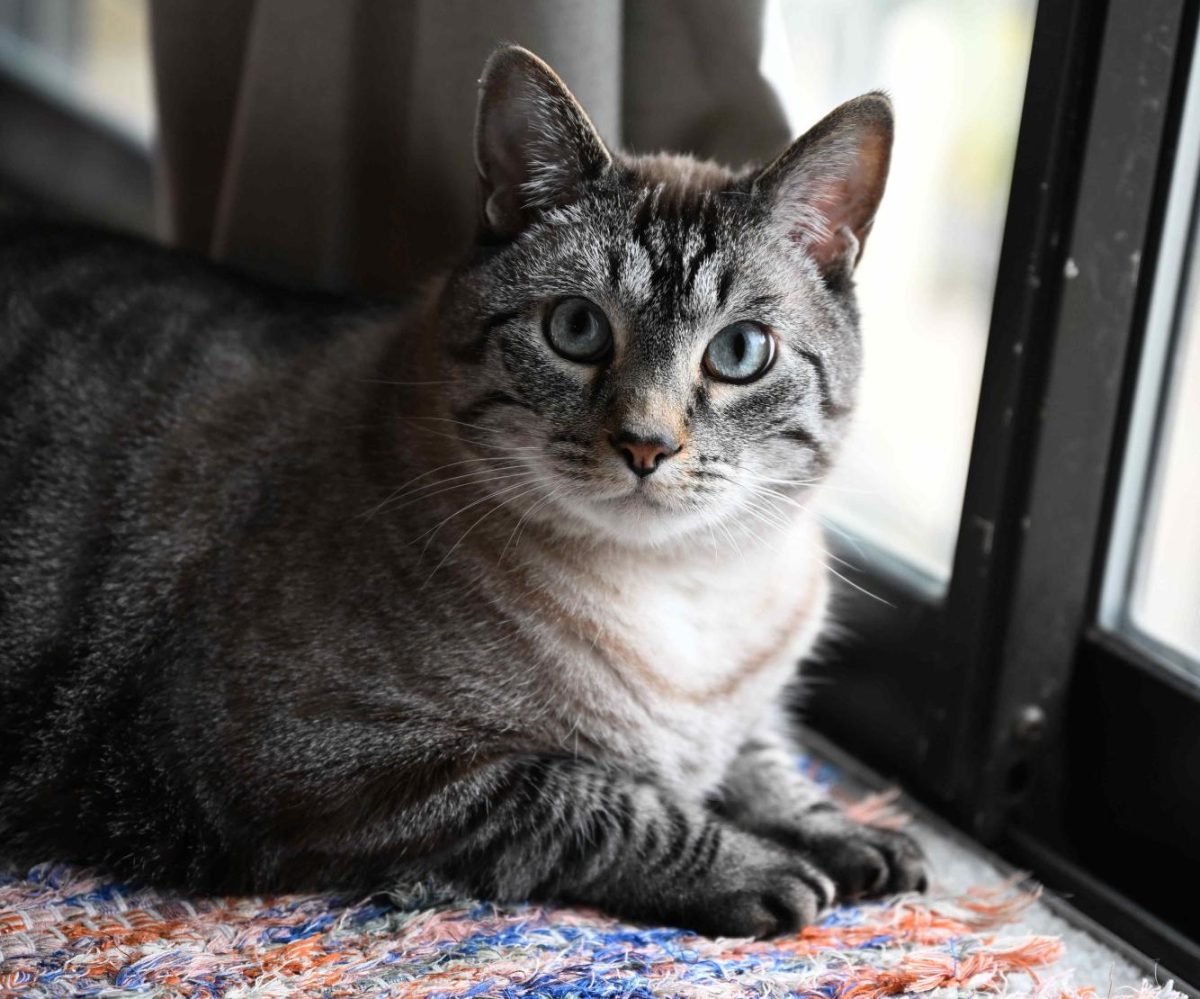Kansas State veterinarian Susan Nelson warns cat owners to keep their furry friends safe from highly pathogenic avian influenza — also known as bird flu — as cases crop up in domestic cats around the country.
“Avian influenza is not just new this year,” Nelson, clinical professor at the Pet Health and Nutrition Center, said. “It’s been around. … But, what really set it off this year is, starting in March, dairy cattle started getting infected. It’s an influenza virus. They tend to start mutating to make it easier to infect the other animals as well.”
Kenneth Harkin, professor and section head of small animal internal medicine, said owners shouldn’t worry about avian influenza as long as their cat stays indoors.
“When I say a housecat, I would imply the average cat that spends most of its life living indoors with its owner,” Harkin said. “I’m not really sure that there is an increase in highly pathogenic avian influenza in those cats at all. In fact, I would say in indoor-only cats there is zero increase in the disease.”
Randi Price, sophomore in interior design, said she keeps her cat inside regardless because of other threats outside.
“She’ll probably stay inside, especially because I don’t trust all the dogs in the neighborhood,” Price said. “Cars, I’d be scared she would get run over by a car or eaten by a coyote or something. Or, if it’s really cold like it is right now, she would get too cold and freeze.”
Housecats can, however, become infected with bird flu if they consume raw meat from an animal with the disease. Harkin has a staunch recommendation for pet owners:
“No one ever should feed their pet, dog or cat, raw meat, period,” Harkin said. “I’m sorry, that’s just a common sense thing. You don’t feed your cat raw food. You don’t feed it to your cat, your dog — you don’t eat it, you shouldn’t be feeding it to your cats.”
The safest foods for cats are ones rated by the Association of American Feed Control Officials, Nelson said.
“It just tells you it’s had some sort of testing that means it meets the nutritional needs for … the life stage,” Nelson said. “So, if it’s an adult cat, just get adult cat food. If it’s a kitten, feed it kitten food, but make sure it has that AAFCO statement on it.”
Price said even though her cat eats commercial food, she still worries about bird flu.
“[My cat] doesn’t have any allergies right now that I know of, so if she did start sneezing or having snot running out her nose, I’d probably take her immediately to the vet just to make sure everything is okay,” Price said.
Nelson said people who work around cattle and poultry should be especially cognizant.
“People who work on dairy farms or poultry, where it [avian influenza] has been documented in those places, before you come home to your pet cat, taking off their clothes, making sure you’re not dragging it home with you [can help],” Nelson said. “So, kind-of biosecurity that way.”
Nelson said many of the recorded cases of avian influenza in cats were strays.
“Without an owner attached to them, a lot of them are … probably going to get euthanized and tested,” Nelson said. “They will test for rabies first, if they’re neurological because they can’t risk people catching rabies from these guys either in case it is a rabies case.”
A rabies test can only be performed after an animal is deceased. However, Nelson said vets can test pets for avian influenza.
“Now, the office call for the vet won’t be free, but there is testing available, and it’s free if cats meet the criteria of, like, they have to have the risk factors for it— Going outdoors, got respiratory or neurological [symptoms], or my owner’s been feeding unpasteurized milk or raw poultry,” Nelson said. “Those are similar to our testing for respiratory. It’s going to be swabs in the nose and the mouth.”
Nelson said infected cats sometimes present with respiratory symptoms.
“They have copious amounts of nasal and eye discharge and they’re just not feeling good,” Nelson said. “They don’t want to eat, and those are the big ones as far as respiratory goes— Coughing, sneezing, those kind of things.”
Harkin said the vast majority of cases involve neurological issues.
“The most common clinical signs of highly pathogenic avian influenza infection in cats is generally related to the neurologic system, the nervous system, and most cats just present with apathy and anorexia, so they’re not eating and they’re just kind of lethargic and apathetic,” Harkin said. “And then that can progress to, eventually, the seizures in the cats and death. That’s probably the most common thing that happens.”
Harkin said though respiratory symptoms are possible, avian influenza is not a respiratory disease.
“Some of those cats will also develop respiratory signs, but the respiratory signs are usually associated with an increased respiratory rate and labored breathing associated with disease in the lungs,” Harkin said. “I’m taking this not because I’ve seen any cases of highly pathogenic avian Influenza but from every published case report and case series of cats with avian influenza. The AVMA, on their website, states that a heavy discharge from the nose and eyes is a clinical sign of avian influenza, but that’s nowhere in the literature. There is no case report of cats with upper-respiratory signs, a nasal or ocular discharge, as a clinical sign of avian influenza. … This doesn’t look anything like herpesvirus or calicivirus in cats at all.”
Nelson said avian influenza in cats has a 60% mortality rate and no cure.
“[Treatment] is symptomatic like it is for people,” Nelson said. “Quite honestly, a lot of these cats probably aren’t getting treated because of the risk of spread to other animals.”
Nelson said cats are genetically susceptible to the disease in ways other pets aren’t.
“Cats, in general, have always been more susceptible than, like, dogs for influenza strains, and so that’s why you see it in domestic cats and you don’t see hardly — I don’t even know if they’ve had a report of a dog yet in the United States,” Nelson said. “It’s theoretically possible.”
Avian influenza isn’t considered a risk to humans, but Nelson said this is subject to change.
“Several, several, several years ago with another outbreak that was a different avian influenza there was a veterinarian, I believe … who was working with some cats,” Nelson said. “I want to say it was a shelter, this was a while back ago. That person got infected with it from a cat, and that was one of the only known transmissions. But that’s, again, a different variant of avian influenza, and that was several years ago. That’s the concern for the cats, is so many of us have close contact with our pet cats, right? If we start seeing it more in the pet cats, there’s always concern. Could that mutate again and then start infecting people?”
Above all else, Nelson said cat owners should remember one thing: “Don’t panic.”
“Look at the precautions,” Nelson said. “If there’s some of those precautions you can take, start taking them. And just be vigilant for any signs, and then talk to your veterinarian if they [cats] are showing any symptoms that you might be concerned about. A little mild, sneezing kitten is probably not going to have avian influenza.”





